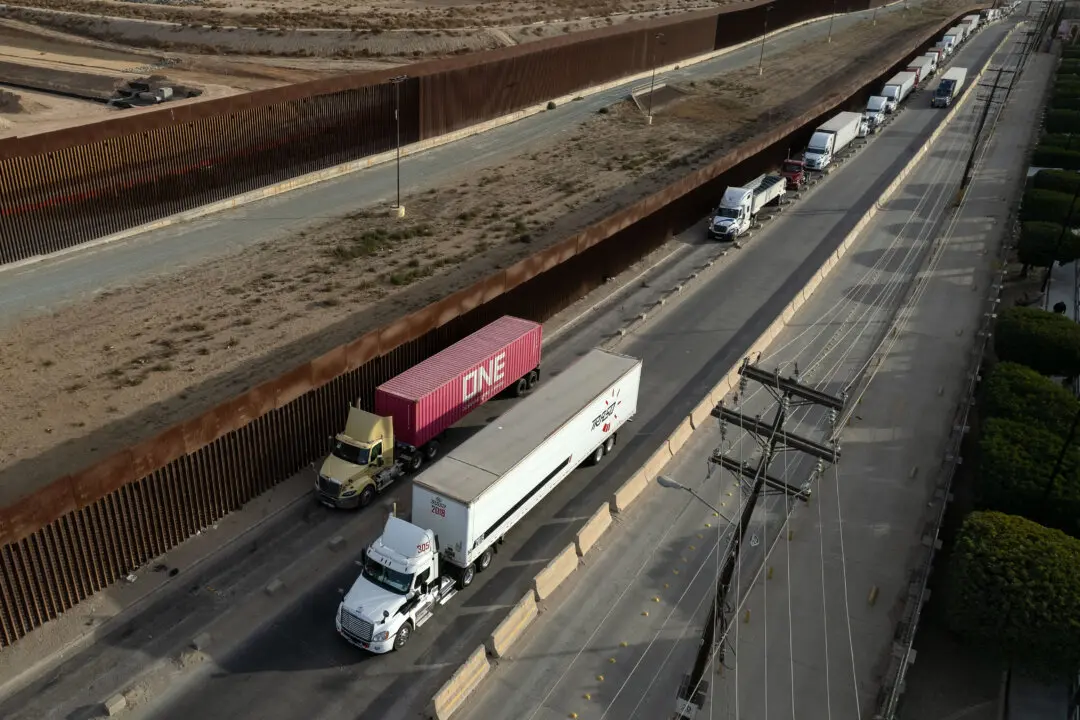News Analysis
It can’t be denied that 2021 has been a very disruptive year, with new CCP (Chinese Communist Party) virus variants popping up, governments going in and out of lockdowns, and supply chain disruptions felt throughout the world economy. Now experts from different markets are putting forth what they think is in store for the coming year.





